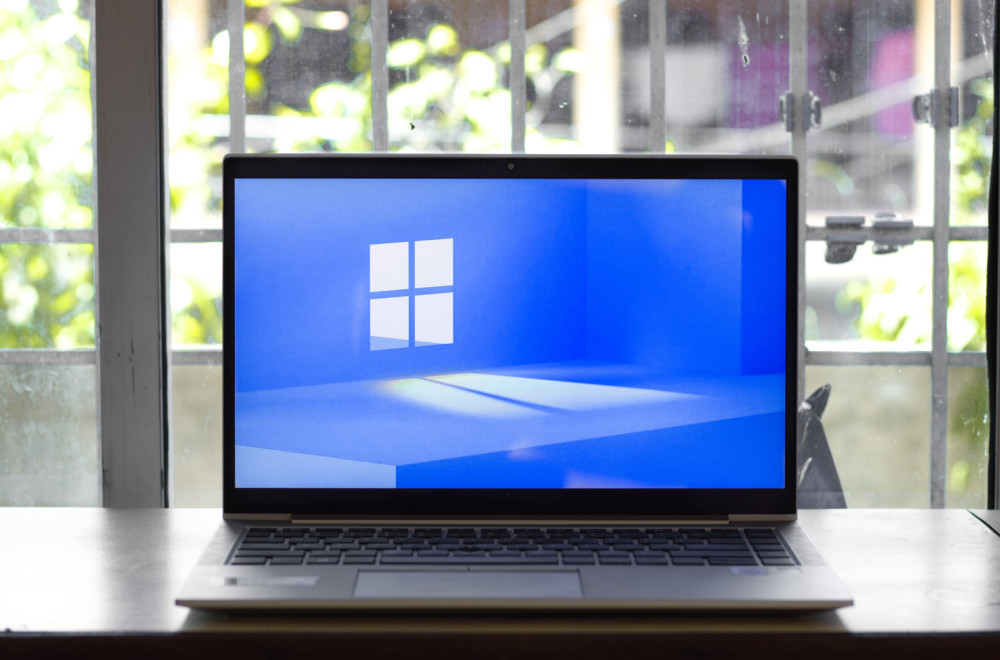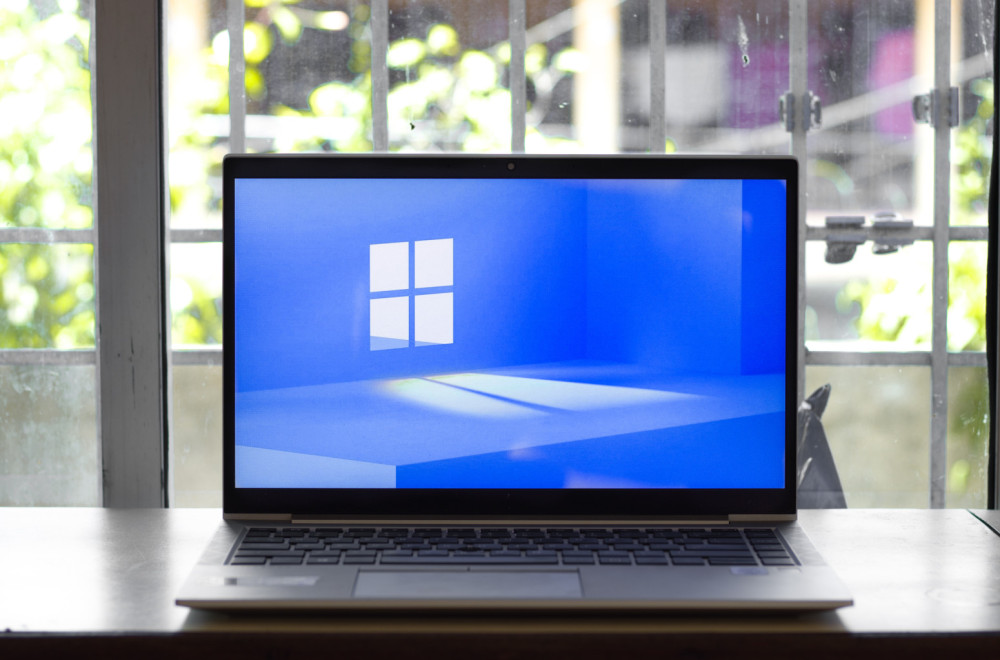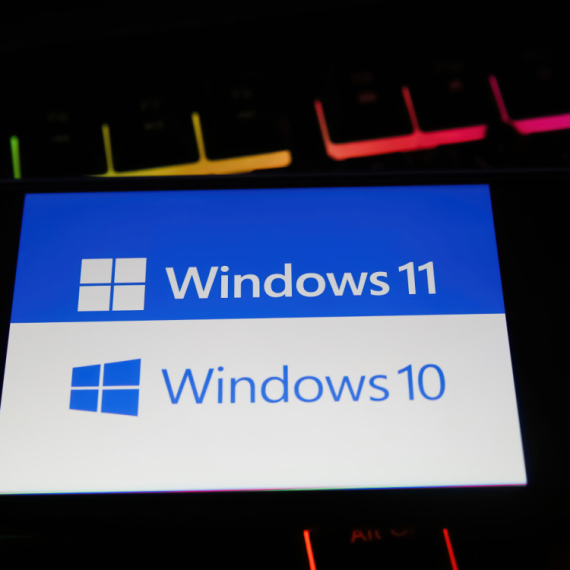Microsoft has been collecting data from Windows users for years, and now it has finally revealed exactly what it collects and how much control users really have. Windows 10 and Windows 11 split data into two categories: required and optional. Required data is collected automatically and users cannot turn it off. This includes technical information about the device, errors, performance, and use of Microsoft services like Find My Device and Cloud Clipboard. Microsoft claims these data are necessary for system security and proper functioning.
On the other hand, optional data can be turned off by users in privacy settings. This includes typing history, voice data, app usage, internet searches, and installation details. Microsoft uses this data to improve products and personalize content, including ads. Even with minimal settings, basic data still gets sent to Microsoft.
Microsoft offers a Diagnostic Data Viewer tool that shows exactly what information is collected, but using it requires an additional 1GB of space and it is not included by default.
In short, Microsoft is watching you, and you can’t fully stop it. If you thought you had control, think again. If you care about privacy, better prepare for a fight or switch your operating system. Or just accept that you’re always on Microsoft’s radar. So, what do you think? Is this acceptable or too much? Drop a comment and let’s see who’s for it and who’s against!











































